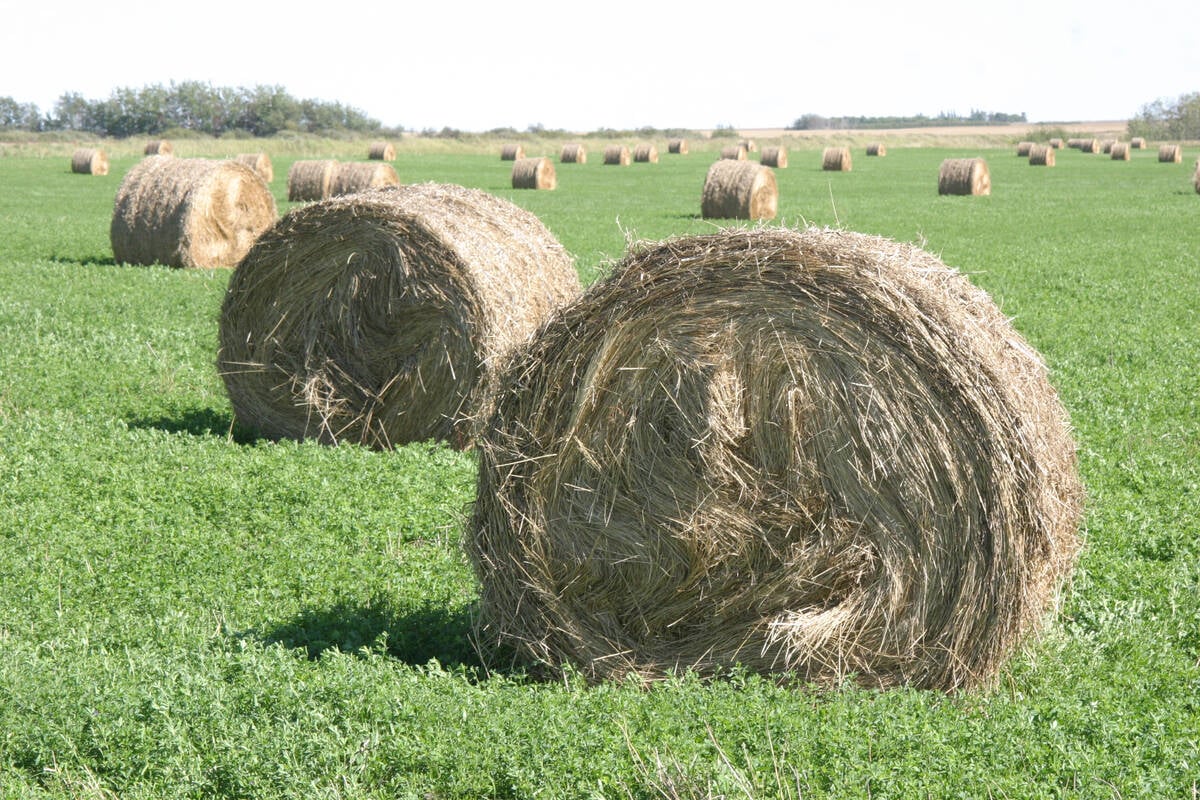SheepBytes | The latest in internet technology and nutrient requirement recommendations help fine-tune rations for a variety of situations
Sheep producers now have access to a new web-based software program to help them create the most cost efficient feed rations and boost profitability.
Feed is the biggest input cost for lamb producers, and the SheepBytes program can help save them thousands of dollars, said Sue Hosford, Alberta Agriculture’s sheep industry specialist.
“Feed costs are the biggest cost for lamb producers,” she said. “Overfeeding or underfeeding directly hits the pocketbooks.”
Hosford said a traceability study a few years ago found that the feed costs of finishing a lamb was $65 per head for top producers and $110 for the least efficient producers.
Read Also

Breaking down successful winter feeding into six steps
It’s that time of year when it is important to start planning for a cow herd’s winter feeding program. Here are six steps I think are necessary to consider when getting your feed tested.
“There are huge opportunities to improve efficiency,” she said.
SheepBytes is not a new program. It was originally designed as a DOS based feed program by Alberta Agriculture staff in the 1990s.
The latest version looks nothing like its original form with its floppy discs that fit into computer slots, said Margaret Cook, executive director of Alberta Lamb Producers.
The refined program uses cloud computing technology and the latest National Research Council nutrient requirement recommendations to help fine-tune rations for different stages of production, body weight and weather conditions.
“With feed as 40 percent of the cost of raising sheep, this is especially important,” said Cook.
“The more efficient is the feed, the more profit potential.”
Producers can use programs like SheepBytes to identify how to become more efficient, she said. Producers can use their own feed test results or use the generic feed library.
Rations can be formulated for lambs, ewes and rams at any stage of production. Hosford said producers could enter wind chill and other environmental factors that affect feed use.
The data can also be used on mobile devices.
Feed specialists can design rations and adjust feed and mineral formulations to help producers achieve the most efficient feed use.
Eric Verstappen, a sheep producer from High Prairie, Alta., and test user, said the program identified a feeding error on his farm and helped make feed improvements.
Hosford said many of the test users have already bought the ration-balancing program. Test users included producers, veterinarians, nutritionists, consultants and students and staff from Lakeland and Olds colleges.
“That was pretty encouraging,” said Hosford.
“We’re hoping as more people use it, word will spread.”














